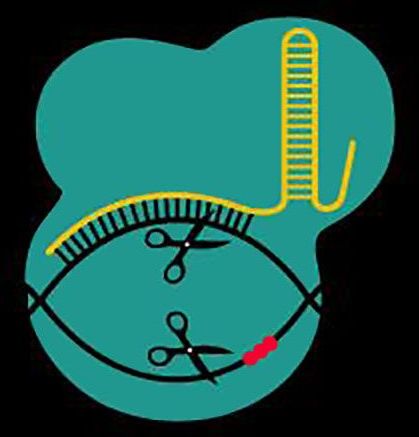The CRISPR-Cas9 gene editing system is an extremely powerful tool, but there are still a few kinks to iron out. One of the main problems is off-target edits, which can have serious consequences. Now, researchers have found a particular mutation of the CRISPR enzyme that’s almost 100 times more precise than the most commonly used one.
CRISPR gene-editing is based on a bacterial defense system, in which the bugs use a particular enzyme to snip out a section of a pathogen’s DNA and store it for future reference. Next time that pathogen is encountered, the system will recognize it and be better equipped to fight it off.
Scientists managed to co-opt this system as a handy genetic engineering tool. CRISPR-Cas9 uses this mechanism to scour a target’s genome for a specific sequence of DNA – say one that could cause disease – then cut it out, sometimes replacing it with a more beneficial sequence.









Comments are closed.